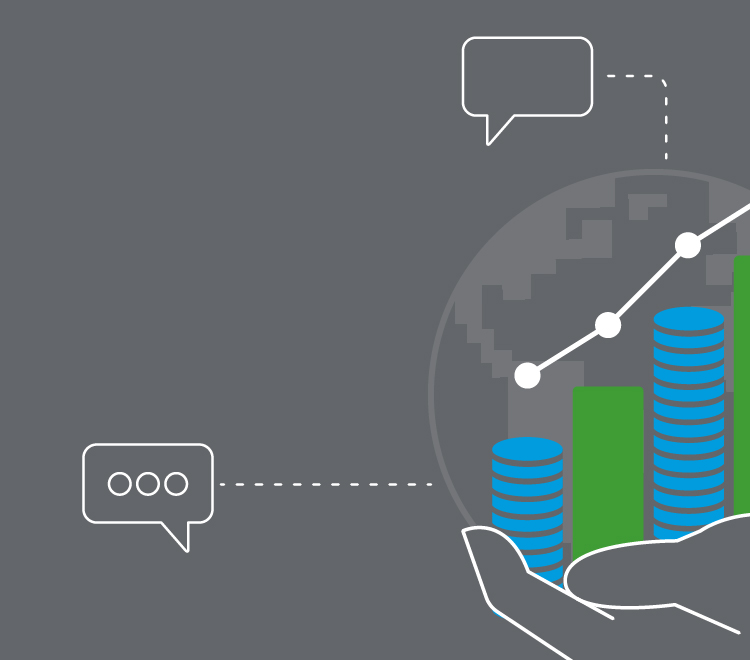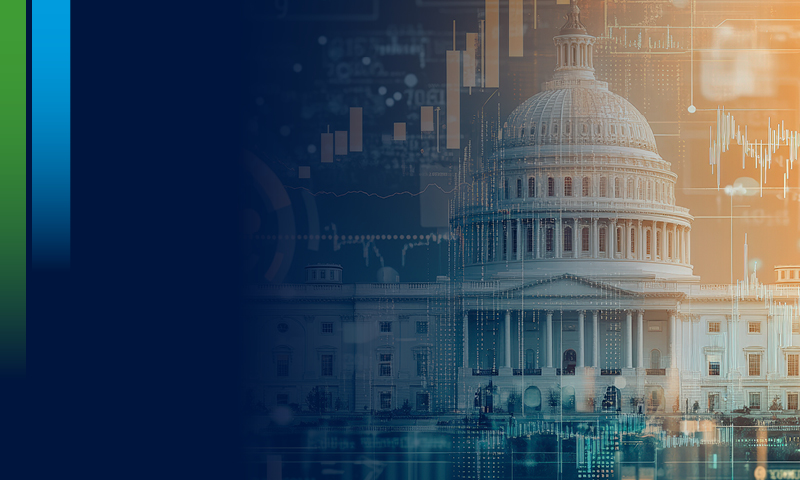30 June 2022
The economy is not experiencing a post-pandemic growth spurt, to put it mildly. The GDP rise of 0.8% quarter-over-quarter (q/q) in the first quarter will almost certainly be followed by a contraction in the second, potentially of 0.5% q/q.
A rebound in growth in Q3 is likely to mean that the UK avoids a recession. But GDP is likely to be bumpy over the next year, and the big picture is that the UK economy will probably be only fractionally bigger in 2023 than in 2019, before the pandemic.
While today’s data holds no surprises for the Monetary Policy Committee (MPC), the double trouble of high inflation and weak demand allows the MPC no easy options. The Bank of England’s chief concern remains the combination of high realised inflation and a tight labour market that lifts expectations of wage and price gains. The signs are that there’ll be a hike at every MPC meeting between now and November, when we’re expecting rates to rise to 2%.
Household disposable incomes set to shrink
The latest data show that consumer spending grew by just 0.6% q/q in the first quarter of 2022, as people returned to restaurants and hotels after the pandemic. This sent consumer spending to 0.4% below its pre-coronavirus level. Overall, however, not much has changed from the first estimate of Q1 GDP.
What’s more, real household disposable incomes experienced their fourth consecutive decline and fell by 0.2% q/q. Inflation will probably average more than 8% this year, meaning that real household disposable incomes are projected to fall by a little over 2% in 2022. That puts them on track for their biggest drop on record.
Business investment lagging behind
A 3.8% q/q rise in Gross Fixed Capital Formation, due to strong investment in dwellings, also helped to boost GDP in Q1. However, business investment contracted by a worrying 0.6% q/q –it’s now 9.2% below its pre-pandemic level. This is partly because of ongoing supply chain issues.
Investment in transport equipment is also down, and is about 27% lower than it was before the pandemic. This reflects a more general lack of UK investment spending. The UK has the lowest spend in the G7, and that’s one of the factors behind the lack of productivity growth over the last decade.
Households to draw on savings
However, the household saving rate was unchanged at 6.8% in Q2. That’s well above its 2019 average level of 4.9%, and implies that the stock of household savings rose. This should give households some room to lower their savings rate so as to help combat the impact of soaring inflation on their lifestyles.
Right now, household balance sheets are in a much stronger position than they were pre-pandemic. Households paid off about £25bn of consumer credit and accrued excess savings of around £250bn during the pandemic, and the early evidence suggests that consumers are propping up their spending by borrowing more and saving less.
To put that savings amount into context, UK households spent about £33.5bn on electricity and gas in 2021, so a 50% rise would see them spending an extra £17bn.
The impact on GDP growth may be smaller than we have assumed if households dip into their savings to counter rising prices, or if the government acts to support them.
What next?
We expect the economy to remain weak in the near term, as the impact of rising inflation squeezes households’ purchasing power. This chimes with a string of recent data pointing to a dismal GDP result in May. Consumer confidence dropped to a record low, and the PMI surprised on the downside, reflecting an abrupt slowdown in services activity. Together with the impact of June’s extra bank holiday, the second quarter is likely to see a 0.4% fall in output.
As inflation is likely to remain high, and will probably hit 10.5% in Q4, the squeeze in real incomes will last for the rest of this year and into the first half of 2023. That means economic growth is likely to average just 0.1% over the rest of the year and remain subdued in 2023.
So, while we aren’t forecasting a recession at the minute, it wouldn’t take much of a further rise in inflation or a disruption in supply chains to push the UK into one. The big picture is that the economy could be just 1% larger in 2023 than it was in 2019, before the pandemic.









